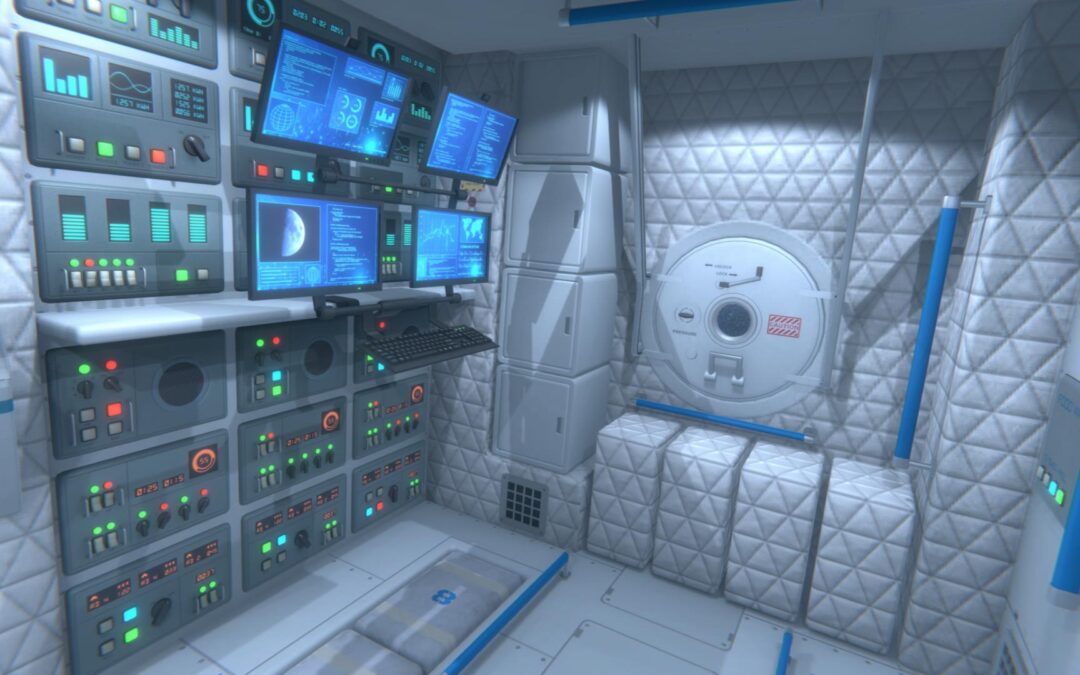Nubalo Studios S.L. has created a new virtual reality (VR) experience about the Lunar Gateway Space Station. This experience, named “Exploring Space with VR,” has been specially designed for astronauts working and living on the station, allowing them to immerse themselves more deeply and realistically in space exploration and life in microgravity. Thanks to this, they will be able to complete their intense training, as it is a comprehensive and true-to-life simulation.
With this VR experience, astronauts can undertake virtual missions to the lunar surface, explore outer space, and get a close-up view of other planets and stars. Additionally, it includes a series of games and recreational activities to make their leisure time enjoyable and different from the usual.
Nubalo Studios has worked closely with various international space agencies, that have expressed interest in acquiring the application, to ensure that the experience meets the high standards of quality and safety required in space. Cutting-edge technology and high-resolution graphics have been employed to guarantee a visually stunning and realistic experience.
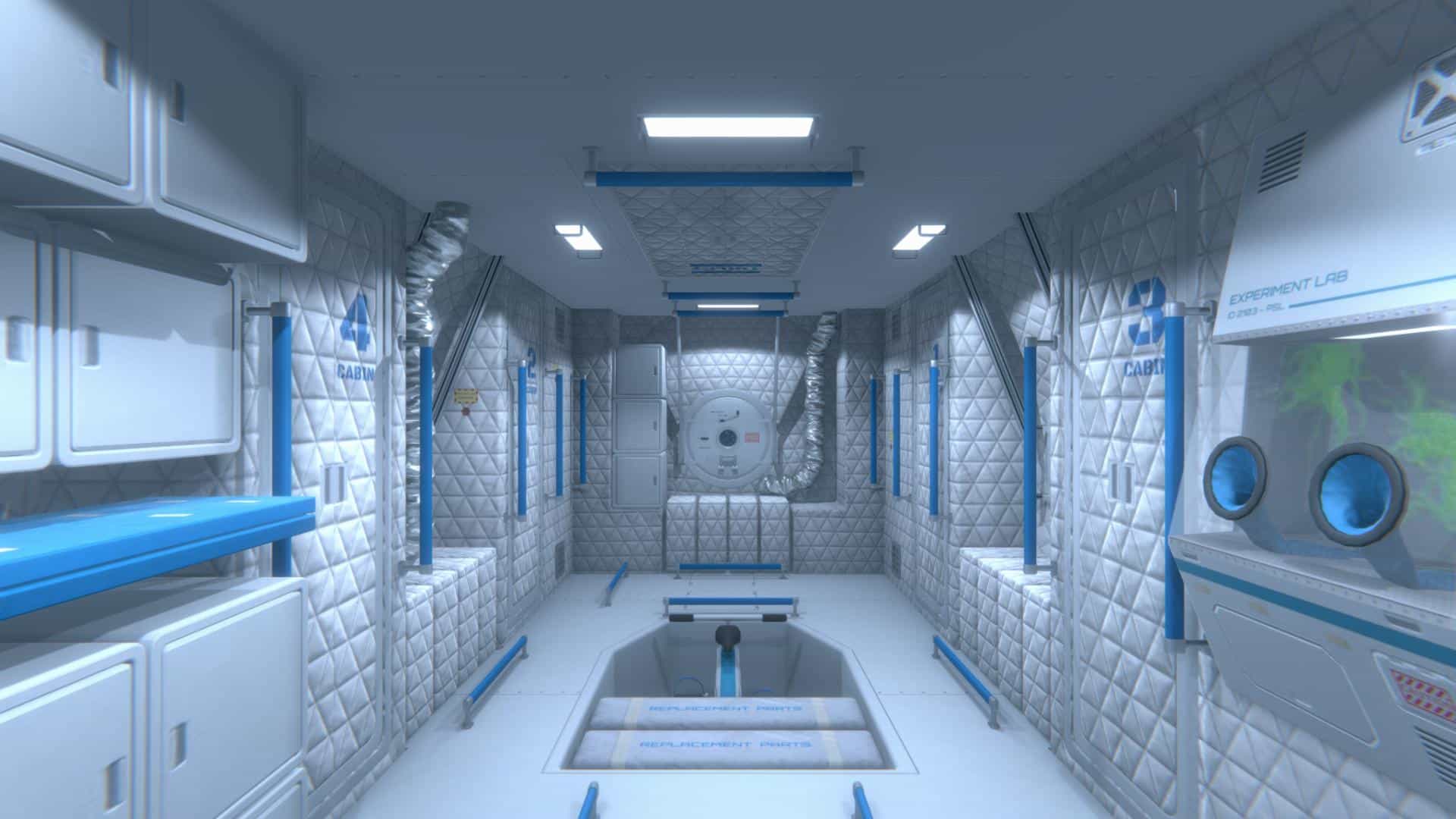
VR experience of the interior of the habitability module of the Gateway Space Station.
This virtual adventure will soon be available to the public, joining other VR experiences and scenarios that the tech team has created, such as Mission Mars VR or Save the Earth Virtual Reality. Like in the past, this initiative aims to bring space science even closer to the public, making observers feel like real astronauts as they get a close look at how work is conducted in space. For more information, visit SpaceRobotics.EU.
In summary, Nubalo Studios’ new VR experience about the Lunar Gateway Space Station is an innovative and entertaining tool that allows users to live and experience space exploration more realistically and enrichingly.
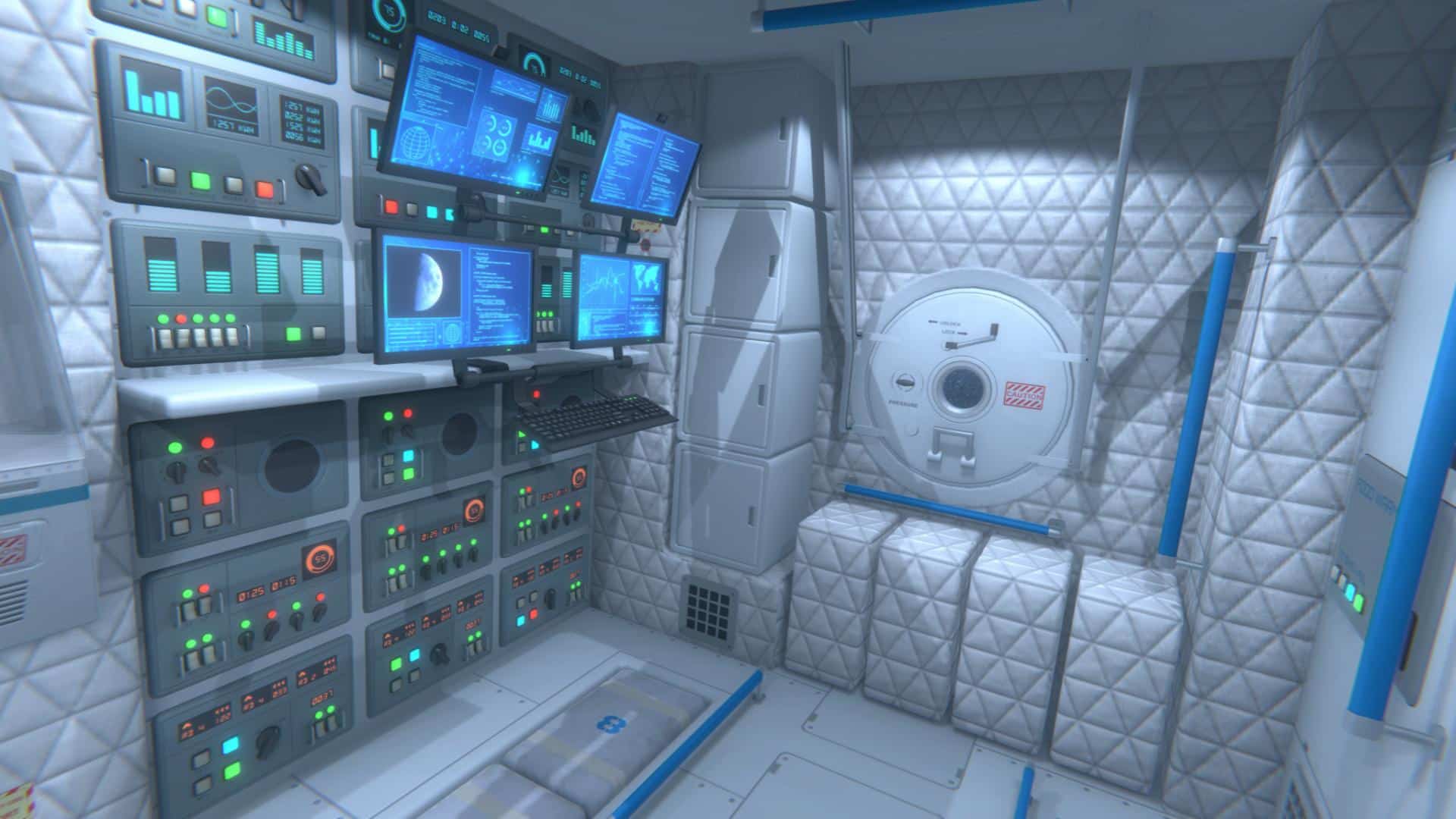
VR experience of the computers on the Gateway Space Station.
Lunar Gateway
The Gateway is a space station intended to orbit the Moon, designed to serve as a support platform for space exploration and future missions to the lunar surface. Its realization is part of the Artemis program, with NASA as the main agency leading the project, but with collaboration from other international space agencies, such as the European Space Agency (ESA) and the Japan Aerospace Exploration Agency (JAXA). Thanks to this collaboration between countries, the project is comprehensive and ambitious, playing a key role in the future of space sciences.
The space station will consist of various modules with different functions. One of these modules will provide accommodation and life support systems for astronauts working and living on board (HALO). Another module will be dedicated to scientific research, equipped with laboratories and research facilities (GUM). Finally, the station will have a propulsion and energy module to move and maintain its orbit around the Moon (PPE), which will also enable communications and navigation to maintain contact between the lunar space station and Earth, as well as with other spacecrafts.
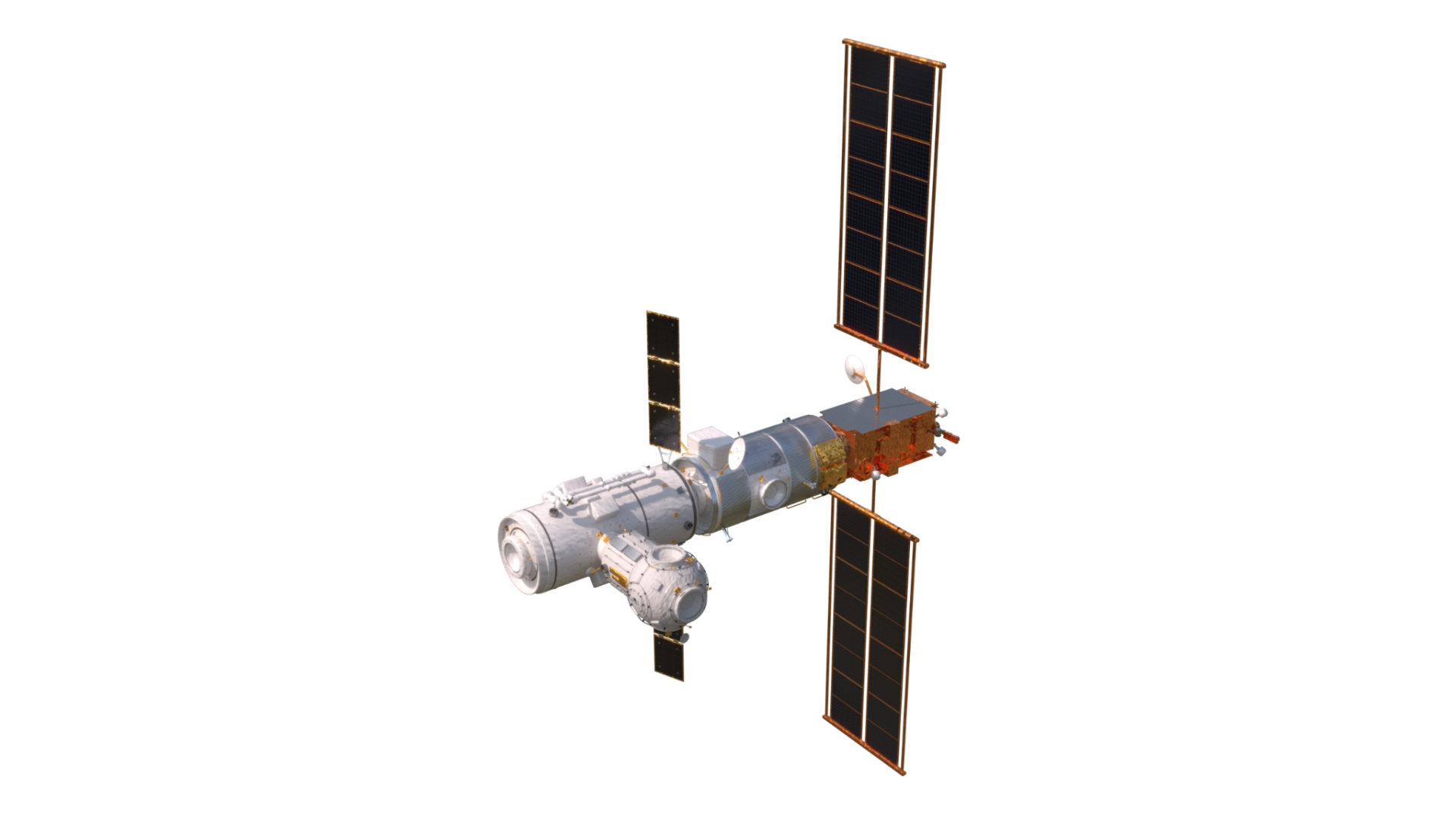
Recreation of the Lunar Gateway Space Station.
The main objective of the Gateway is to provide a safe and comfortable platform for astronauts to carry out missions on the lunar surface and in nearby space. The station is also expected to serve as a base of operations for future explorations beyond the Moon, such as missions to Mars.
The construction of the station is a long-term project, expected to become operational around the year 2025. However, even when the station reaches lunar orbit in the coming years, some modules will still need to be added, and continuous testing and adjustments will be made to ensure its proper functioning. Once it reaches full operational capacity, the Gateway is expected to become a vital tool for lunar exploration and the advancement of space science and technology.
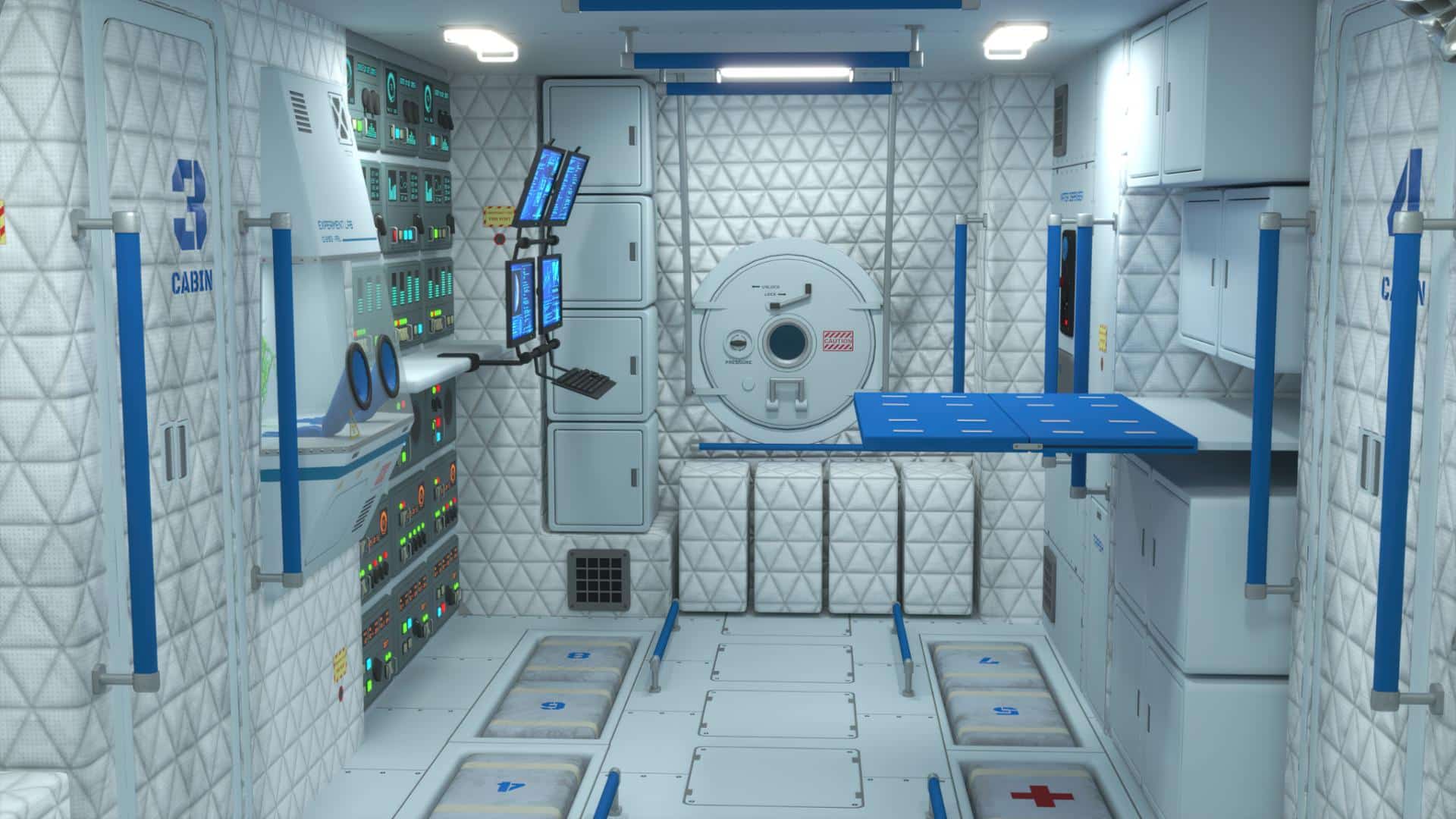
VR experience of the interior of the main module of the Gateway Space Station.
